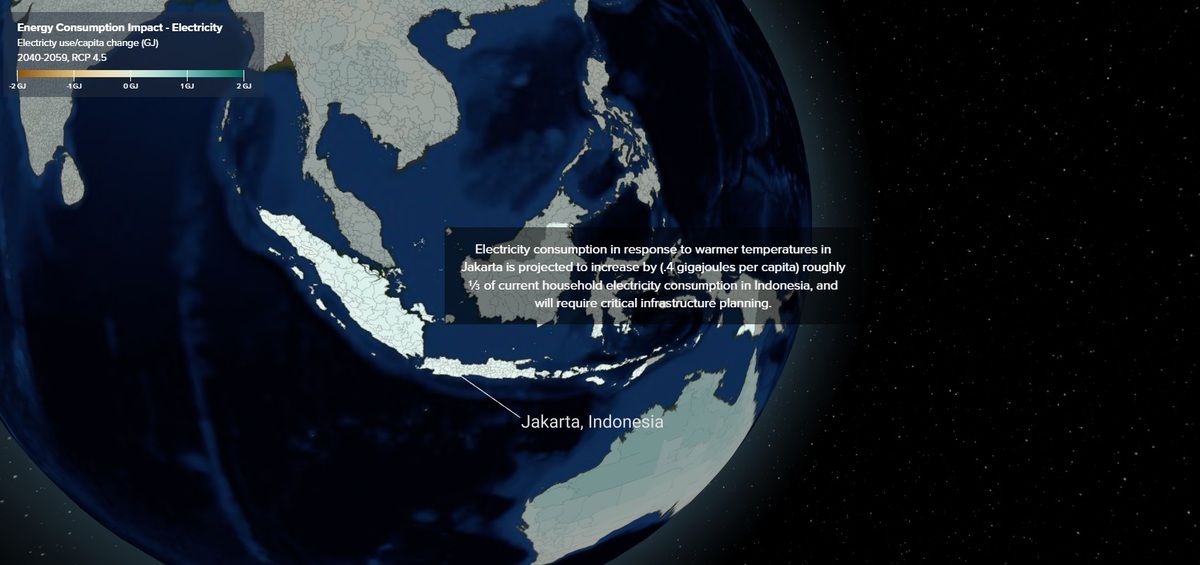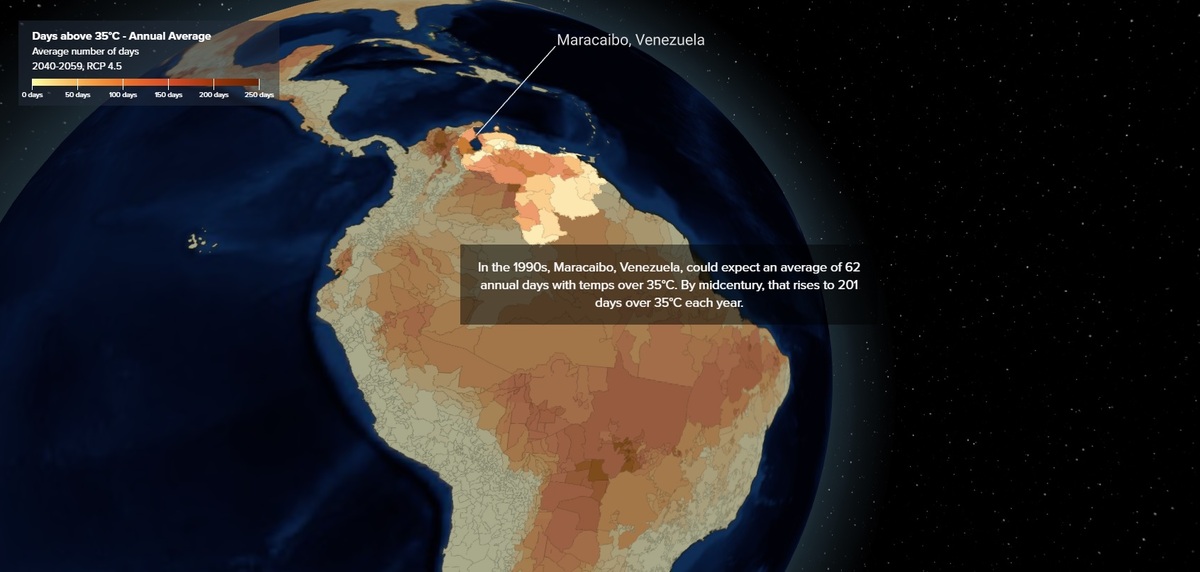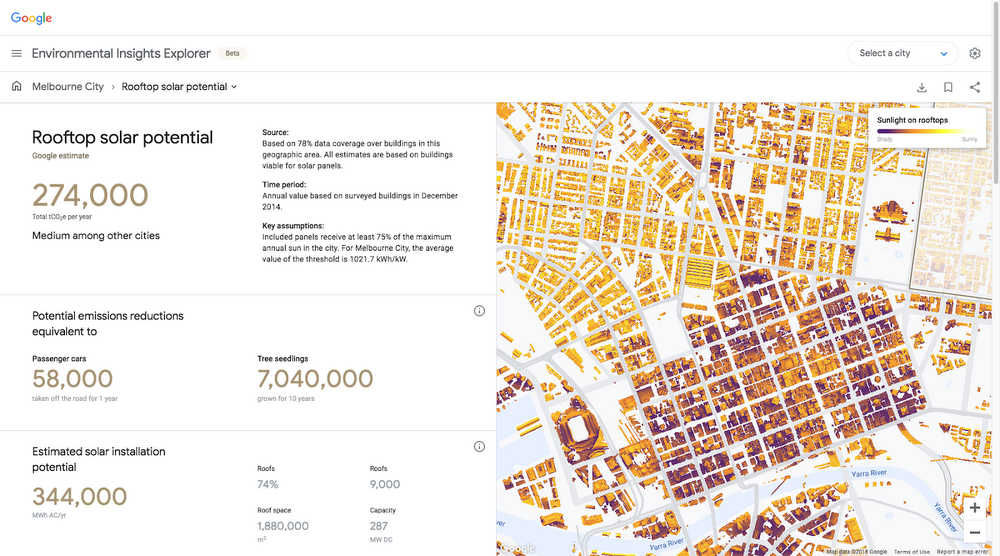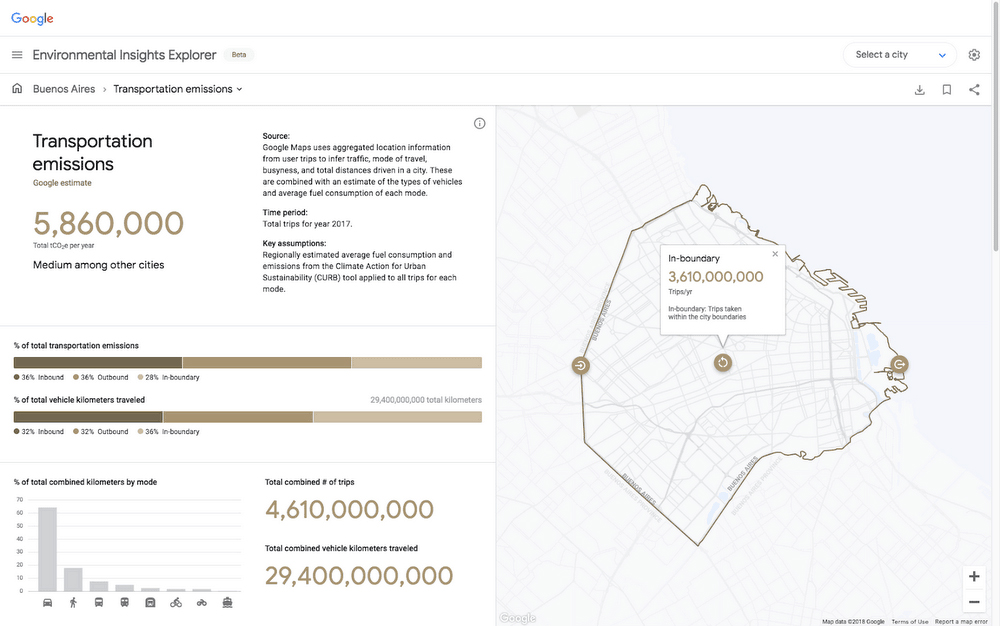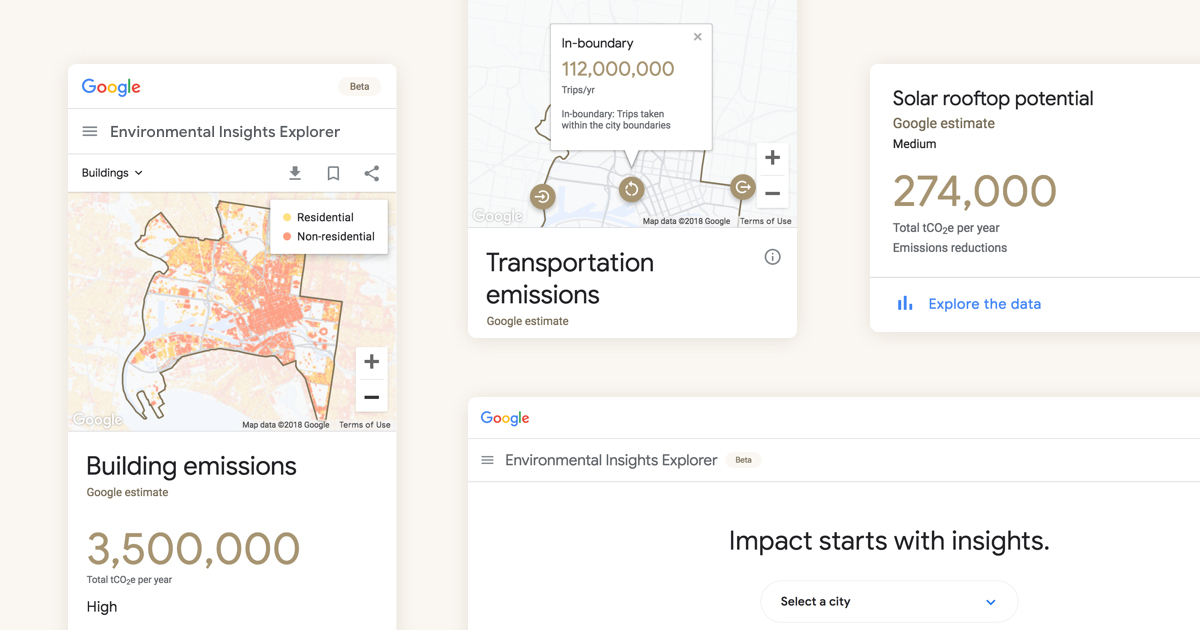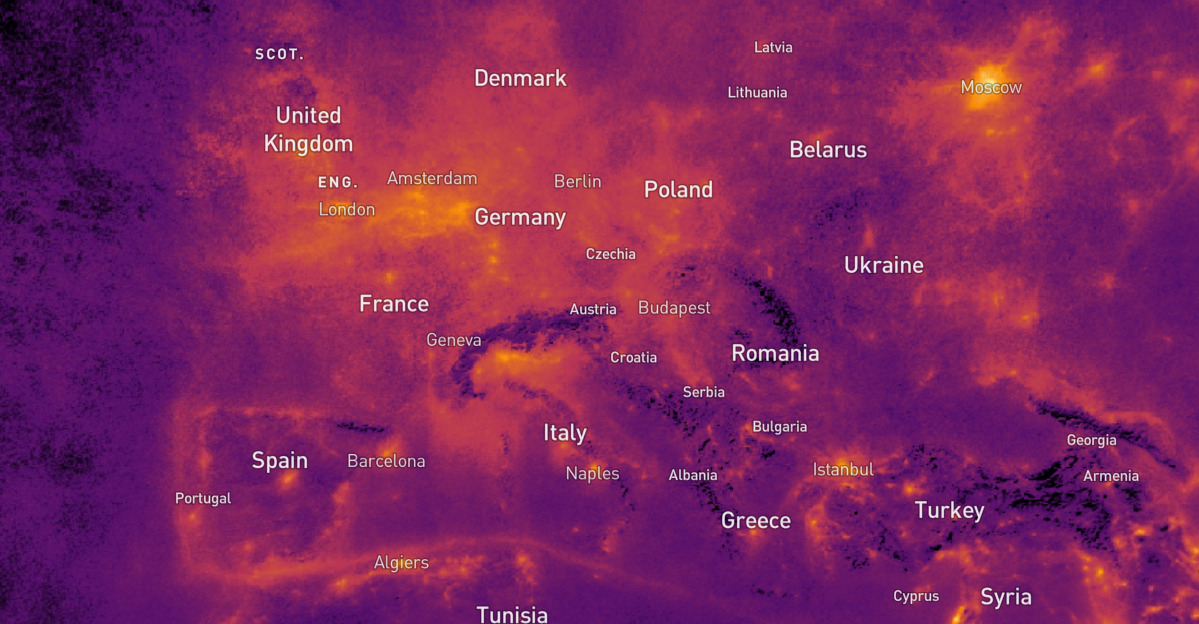
DESIGN and CLIMATE: online digital tools
In a recent press release WMO Secretary-General Petteri Taalas declared that the arrival of El Niño – a periodic climatic phenomenon that causes floods in the areas directly affected, but also drought in the areas further away from it – “will push global temperatures into uncharted territory,” and added, “This will have far-reaching repercussions for health, food safety, water management and the environment. We must be prepared.”
The last two years we have been hit by extraordinary events, from record temperatures in UK, China and the United States, up to the floods in Pakistan and recently in Italy, it is clear that there is a problem and it is equally important to start becoming aware of it in order to act. As we very often mistakenly think, Design is NOT and DOES NOT have a ready solution, but with a multidisciplinary approach and cooperation it can give positive results. If we apply infographics to complex scientific data, we find urban solutions capable of responding to the climate changes, products that at the end of their life become part of the environment again, then we have examples of projects in which design has contributed to finding a small solution for a big problem. We have collected a few case studies that can help understand how the topic is approached, today we are talking about online digital tools.
c
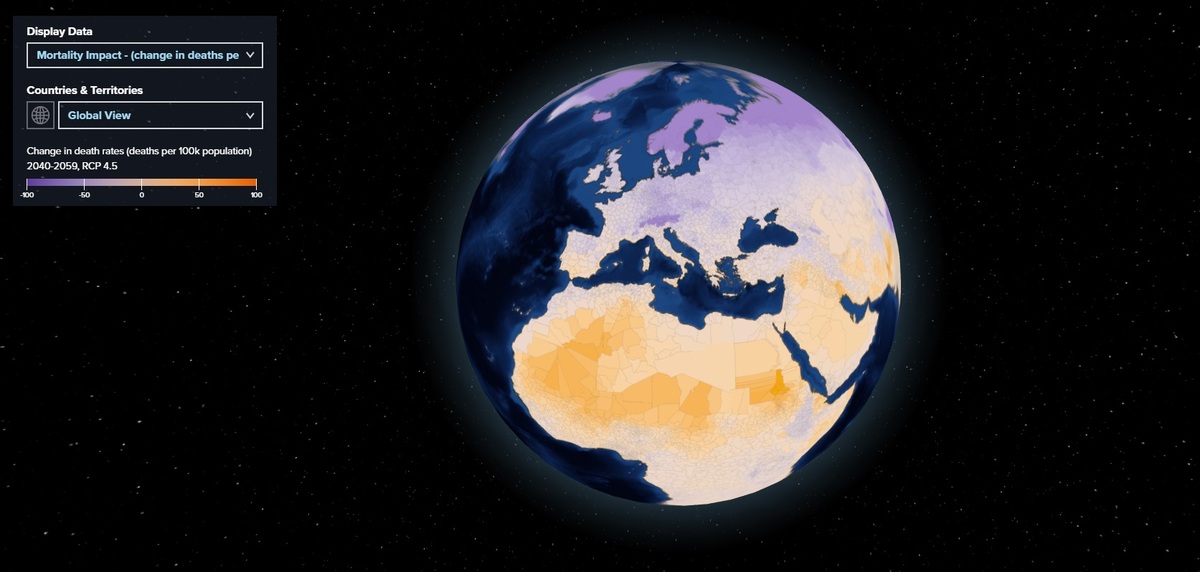
c
Online digital tools to understand the problem
An example of an interesting case study is Resource Watch, a dynamic platform that leverages technology and data to bring unprecedented transparency to the world of data: the site is plenty of information on the state of resources and citizens around the world. Users can visualize the challenges facing people and the planet, from climate change to poverty, water risk to state instability, air pollution to human migration and more. Resource Watch is a tool designed by the World Resources Institute with over 30 partners. The goal is to provide objective data to allow analysts, administrators and political leaders to make informed decisions on the environment.
With a very similar objective, the Human Climate Horizons (HCH), the free platform of the United Nations Development Program (UNDP), uses cutting-edge data provided by the collaboration of scientists and researchers of the Climate Impact Lab with the aim of influencing climate policy around the world. In this case the platform, launched by the United Nations, shows how various levels of global warming will affect the lives of people around the world. Developed by the UNDP Human Development Report office, which also produces the influential Human Development Index (HDI) or Human Development Index (HDI), Human Climate Horizons was launched in conjunction with the COP27 climate summit.
To these are added many other digital platforms that provide data and analysis, such as that of the IPCC, the Interactive Atlas which “provides information for both observations and model simulations, the former for the recent past and the latter for the paleoclimatic periods, recent and future.”
Google, which intends “to use energy with zero CO2 emissions, 24 hours a day, 7 days a week, everywhere and always. And we plan to do it by 2030” nonetheless offers a number of useful online digital tools. One example is the Tree Canopy Lab which uses aerial imagery and search engine AI to figure out where each tree is located in a city. Environmental Insights Explorer is the company’s research center dedicated to the application that puts this information on an interactive map along with additional data on which neighborhoods are most densely populated and most vulnerable to high temperatures. The hope is that planting new trees in these areas could help cities adapt to a warming world and save lives during heatwaves. The Environmental Insights Explorer uses unique data sources to also provide insights into emissions from buildings and transportation, rooftop solar potential and air quality.
c
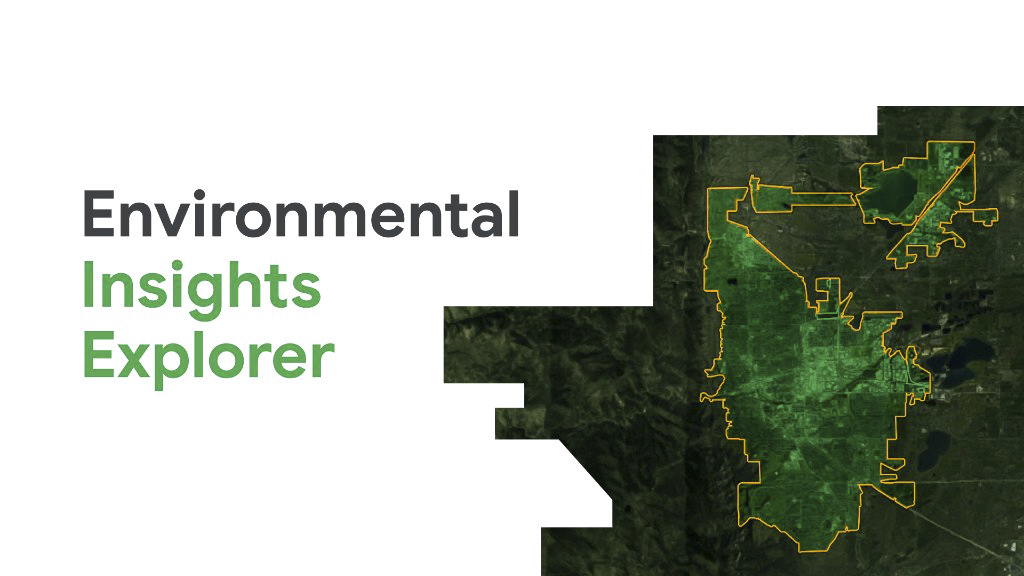
c
Digital identities, websites and CO2 emissions
Another very important aspect is the digital one. We’re not talking about brand identity, but about the fact that the internet was responsible for about 4% of greenhouse gas emissions in 2019, according to a report by Shift Project, and it could increase tenfold by 2050. The greatest pollution at the moment is given from e-money and streaming services, especially high-definition ones, but the use of AI is also causing concern.
To improve one’s digital carbon footprint, a series of solutions can be adopted: green web hosting services, images uploaded online with the right dimensions with formats suitable for the web, predefined fonts to avoid unnecessary HTTP requests. E-mail can also consume energy, as can online meetings.
A very interesting example of a sustainable site is the site of Low Tech Magazine which – totally in line with its identity – “questions the belief in technological progress, and highlights the potential of past knowledge and technologies for designing a sustainable society. Because a web redesign was long overdue – and because we try to practice what we preach – we decided to build a low-tech website that meets our needs and abides by our principles.” This is a solar-powered website, the energy is supplied by a small off-grid solar PV system on the balcony of the author’s house, and energy storage is limited. This means that the website will go offline during longer periods of cloudy weather!
Here are some useful links to learn more about the topic:
- Calculate your website footprint: https://www.websitecarbon.com/
- Website energy efficiency: https://www.wholegraindigital.com/blog/website-energy-efficiency/, https://www.websitecarbon.com/how-does-it-work/
- Carbon offsetting: https://treesforlife.org.uk/support/for-businesses/carbon-offsetting/
- Green Host: https://www.wholegraindigital.com/blog/choose-a-green-web-host/, https://www.greengeeks.com/
As anticipated, Design is not the solution, but sometimes it is part of the problem. This is why it is necessary to always monitor one’s consumption and adopt innovative strategies with the help of existing data and digital tools. Next week we will see how architecture and urban design and architecture look at climate change.
c
